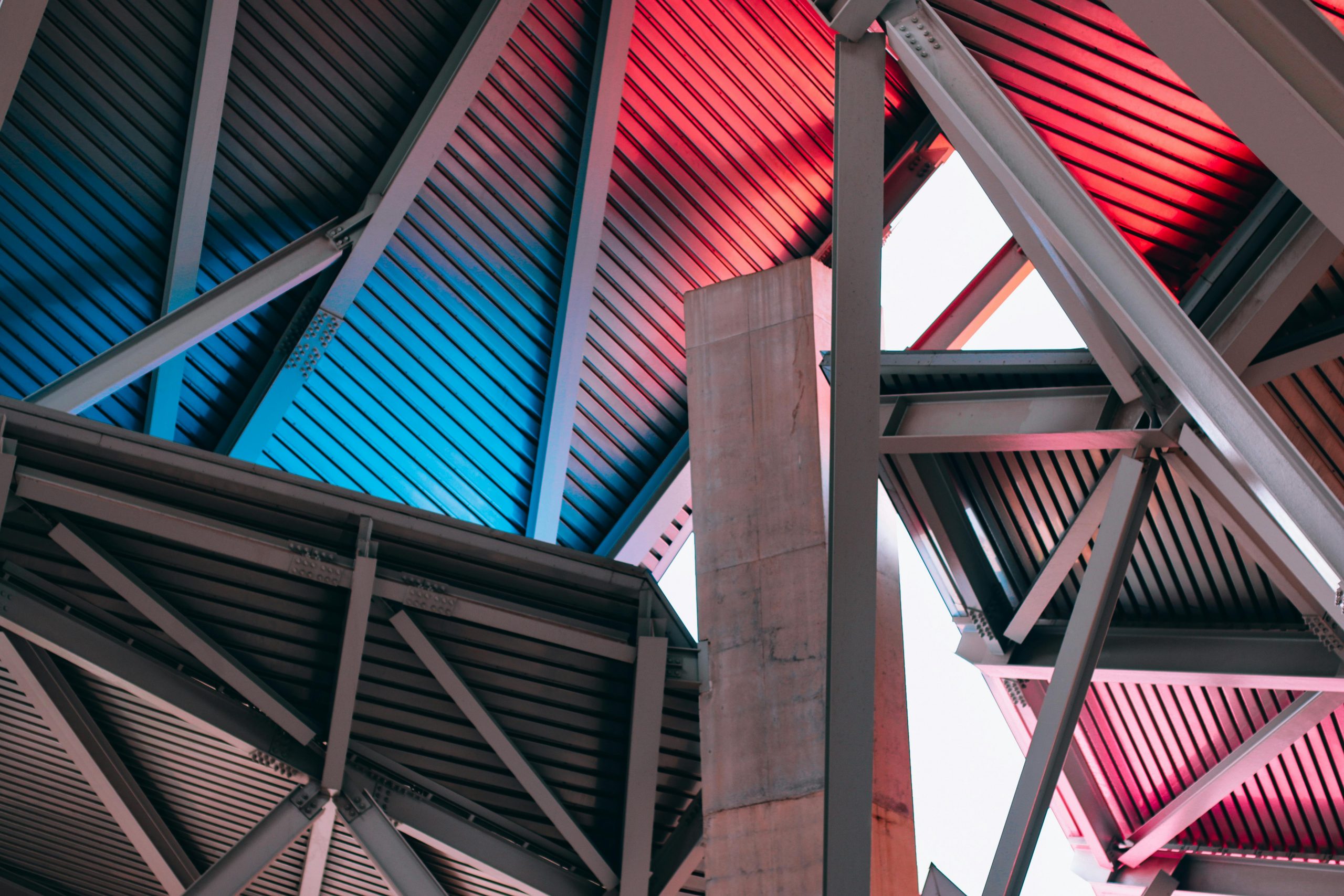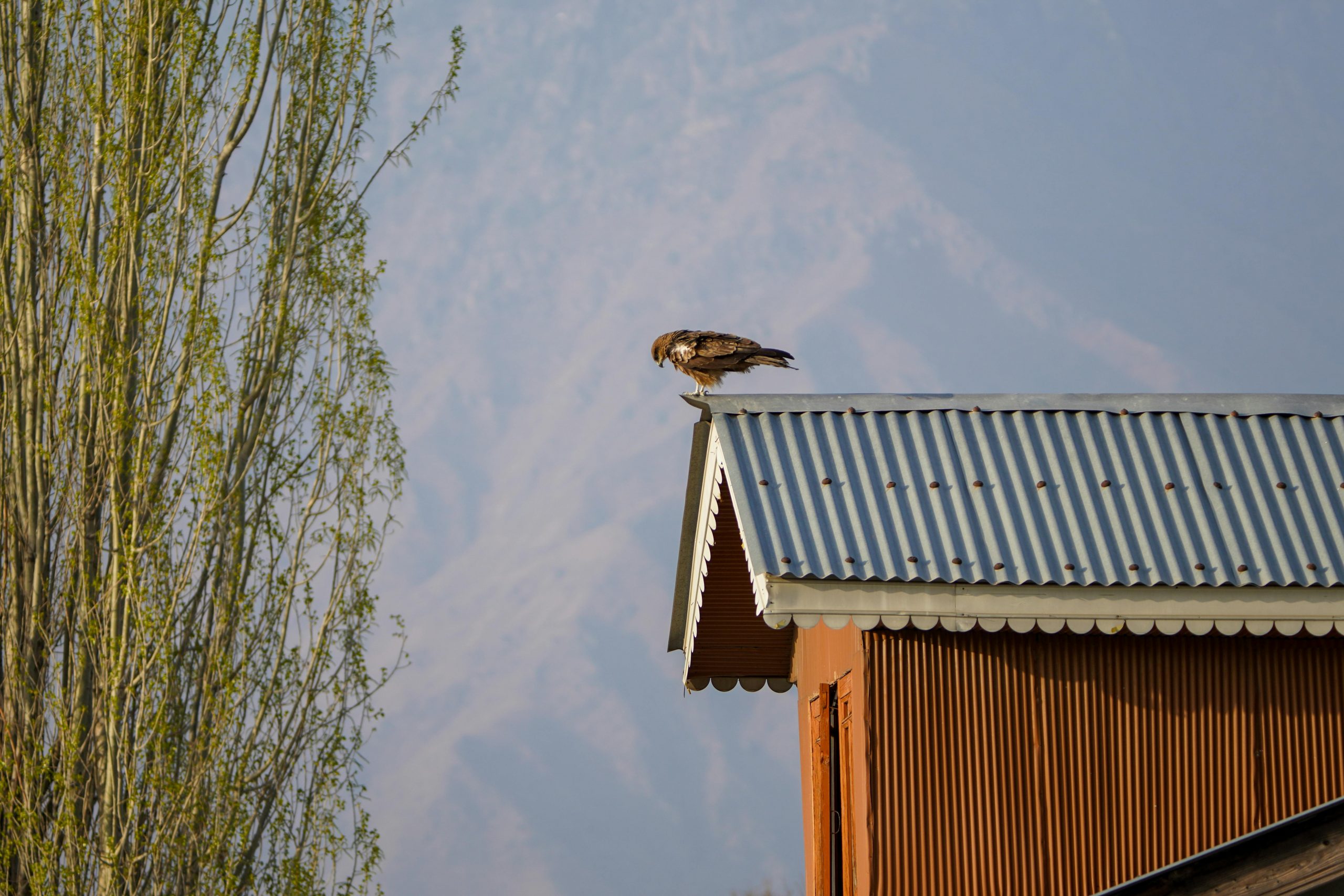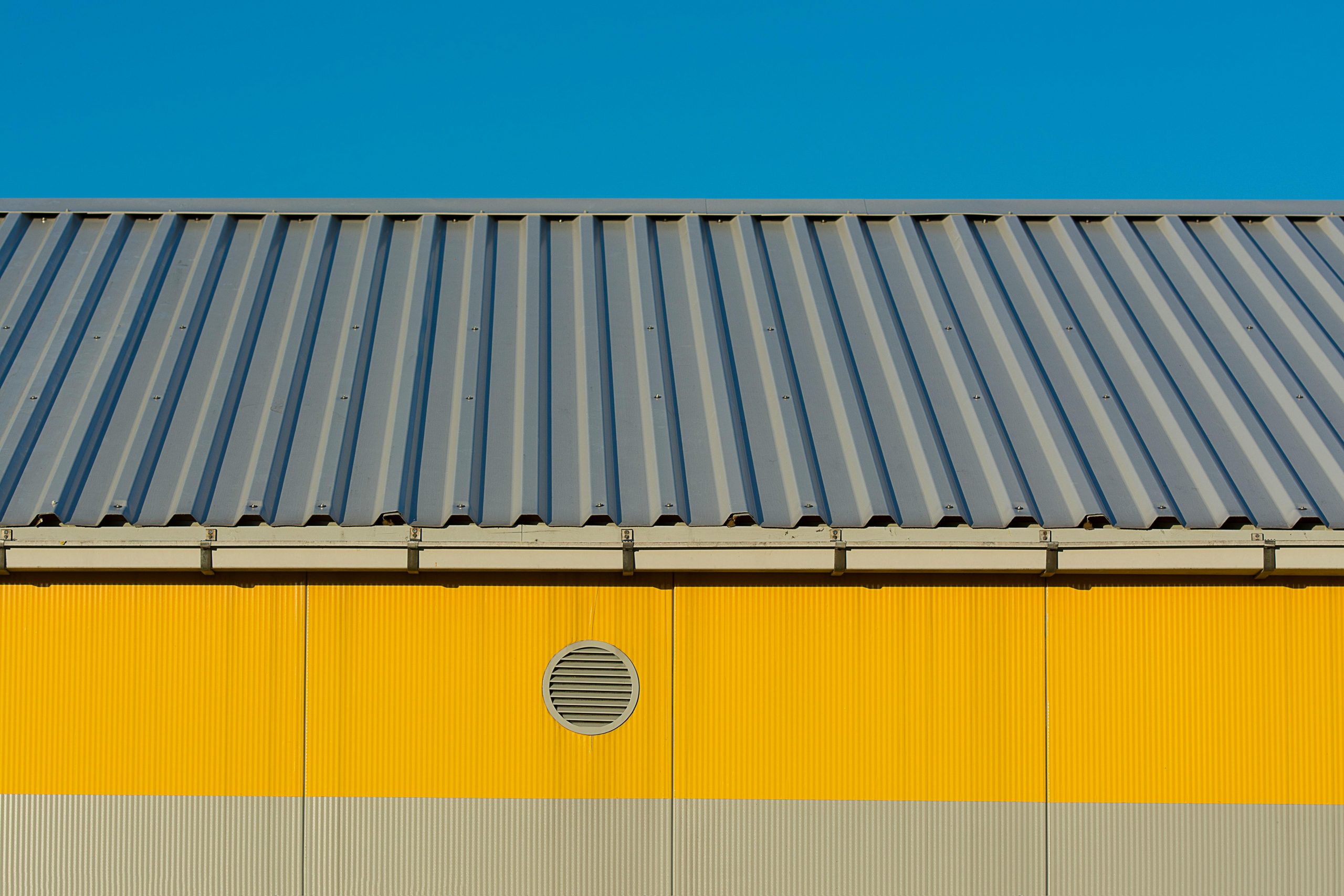Comparing the Different Types of Metal Roofs for Your Home
Metal roofs have become a popular choice for homeowners and builders because of their durability, energy efficiency, and sleek appearance. But not all metal roofs are the same. There are several different types of metal roofing materials, and each one has its own set of benefits and drawbacks.
In this article, we’ll break down the most common types of metal roofs so you can decide which one is best for your home. Whether you’re replacing an old roof or building a new house, understanding your options can save you time, money, and stress.
Why Choose a Metal Roof?

Before diving into the different types, let’s quickly look at why metal roofing is worth considering in the first place.
Benefits of Metal Roofing:
- Long lifespan: 40 to 70 years, depending on the material
- Durability: Resistant to wind, fire, and pests
- Low maintenance: Requires little upkeep compared to shingles
- Energy efficiency: Reflects sunlight, lowering cooling costs
- Eco-friendly: Often made from recycled materials and 100% recyclable
1. Steel Roofing
What It Is:
Steel is one of the most common and affordable types of metal roofing. It’s strong, long-lasting, and available in several finishes and thicknesses.
Pros:
- Affordable and widely available
- Highly durable and impact-resistant
- Can be coated (galvanized or galvalume) to prevent rust
- Can mimic other materials like shingles or tiles
Cons:
- May rust over time without protective coating
- Heavier than other metal options
- Needs repainting or refinishing after several years
Best For:
Homes in areas with harsh weather, hail, or heavy snow.
2. Aluminum Roofing
What It Is:
Aluminum roofs are lightweight, rust-proof, and great for coastal homes. The metal naturally resists corrosion, even without a coating.
Pros:
- Extremely resistant to rust and corrosion
- Lightweight, making it easy to install
- Long-lasting (40+ years)
- Recyclable and environmentally friendly
Cons:
- More expensive than steel
- Softer metal—may dent easily
- Limited color options compared to steel
Best For:
Homes near saltwater or in coastal environments.
3. Copper Roofing
What It Is:
Copper is a premium roofing material known for its stunning look and ability to last over a century. It changes color over time, developing a greenish-blue patina.
Pros:
- Can last over 100 years with minimal maintenance
- Naturally resistant to corrosion
- Distinct, beautiful appearance
- Fully recyclable
Cons:
- Very expensive
- Can be noisy in heavy rain
- Soft metal that may dent over time
Best For:
Luxury homes or historical buildings seeking a unique look.
4. Zinc Roofing
What It Is:
Zinc is another premium metal roofing option that naturally resists corrosion and develops a patina that heals scratches over time.
Pros:
- Extremely durable—can last 60 to 100 years
- Self-healing patina that repairs scratches
- Low maintenance
- Environmentally friendly
Cons:
- High upfront cost
- Patina color may not appeal to everyone
- Can stain nearby materials with runoff
Best For:
Eco-conscious homeowners who want a long-lasting, low-maintenance roof.
5. Tin Roofing (Terne)
What It Is:
Traditional tin roofs were made from actual tin, but today, “tin roofing” usually refers to terne-coated steel or other metal alloys. It’s more of a historical or stylistic term than a true material type.
Pros:
- Vintage appearance
- Durable and weather-resistant when properly maintained
- Can last several decades
Cons:
- Limited availability
- Needs regular maintenance and sealing
- May not be code-compliant in all areas
Best For:
Restorations or homes with a rustic or historical design.
6. Standing Seam Metal Roofs
What It Is:
This is not a type of metal, but a style of metal roofing. Standing seam roofs use hidden fasteners and vertical seams that run from the ridge to the eaves.
Pros:
- Clean, modern look
- Excellent water resistance
- No exposed screws (less chance of leaks)
- Works well with solar panel installations
Cons:
- More expensive than screw-down panels
- Requires professional installation
- Harder to repair individual panels
Best For:
Modern homes or anyone who wants a sleek, high-performance roof.
7. Metal Shingles or Tiles
What It Is:
These are stamped metal panels designed to look like traditional shingles, tiles, or wood shakes.
Pros:
- Mimics the look of other roofing types
- Lightweight and durable
- Fire-resistant and long-lasting
Cons:
- Can be more expensive than asphalt shingles
- May require more complicated installation
- Not as sleek as standing seam
Best For:
Homeowners who want the classic look of shingles with the durability of metal.
Cost Comparison of Metal Roof Types
| Metal Type | Average Cost (per sq. ft. installed) |
| Steel | $4 – $9 |
| Aluminum | $6 – $12 |
| Copper | $14 – $25+ |
| Zinc | $10 – $20 |
| Tin (Terne) | $10 – $16 |
| Standing Seam | $8 – $14 |
| Metal Shingles | $7 – $12 |
Prices vary based on region, style, and labor. Always get several quotes from licensed roofers before making a final decision.
Things to Consider When Choosing a Metal Roof

Choosing a metal roof is a big decision. It’s not just about what looks good—it’s also about what works best for your home, your climate, and your budget. Different types of metal roofs offer different benefits, so it’s important to think through a few key factors before making your choice.
1. Climate
Your local weather plays a big role in choosing the right metal roofing material. Some metals are better for harsh weather conditions, while others are better suited for mild climates.
- Steel and aluminum are strong and work well in areas with heavy snow, rain, or high winds. Aluminum is especially good in coastal areas because it resists salt corrosion.
- Zinc and copper are more delicate and expensive but can still last for decades in areas with calm, predictable weather.
If you live in a region with large temperature swings or lots of storms, durability should be your top priority. Look for roofing materials that resist rust, impact, and wind damage.
2. Budget
Metal roofing comes in a range of prices. Your budget will help guide which material is the best fit for you.
- Steel is the most budget-friendly option. It’s durable and can be painted in many colors.
- Aluminum is slightly more expensive than steel but offers better resistance to corrosion.
- Zinc and copper are premium metals. They cost more upfront but can last 80 to 100 years or more with little maintenance.
Even if you choose a more expensive metal, keep in mind the long-term value. A durable metal roof may cost more now but save you money on repairs and replacements later on.
3. Appearance
The way your roof looks can make a big difference in your home’s curb appeal. Luckily, metal roofing comes in many styles, colors, and textures.
- Standing seam metal roofs are sleek and modern. They have clean, vertical lines that look great on contemporary homes.
- Stamped metal shingles, tiles, or shakes mimic the look of traditional materials like slate, clay, or wood. These options blend well with classic or historic homes.
Most types of metal roofs can be painted in a wide range of colors. Choose a shade that complements your siding, trim, and neighborhood.
4. Home Style
Every home has a unique architectural style, and the roof should match it. The right metal roofing can enhance your home’s design instead of clashing with it.
- Copper roofing pairs beautifully with historic or colonial-style homes. Over time, it develops a natural green patina that adds charm.
- Aluminum roofing fits well with modern or coastal homes thanks to its clean lines and lightweight feel.
- Steel roofing can be adapted to almost any style, especially when it’s coated or stamped to look like another material.
Make sure to also consider your neighborhood’s style. If you live in an area with HOA rules, check if there are any restrictions on roofing materials or colors.
5. Maintenance Needs
Some homeowners want a roof that’s easy to care for, while others don’t mind occasional upkeep. Different types of metal roofs have different maintenance needs.
- Copper and zinc require very little maintenance. They naturally resist rust and corrosion.
- Aluminum also needs minimal care, especially in coastal areas.
- Painted steel can need more attention. Over time, the paint may chip or fade, and you might need to repaint or replace panels.
Ask yourself how much time, energy, and money you’re willing to put into maintaining your roof. A low-maintenance option might cost more at first but save you stress in the long run.
Metal Roofing & Your Home’s Value
Installing a metal roof can increase your home’s resale value and curb appeal. In fact, many homeowners recoup 60% to 85% of the cost when selling.
Plus, some insurance companies offer discounts for metal roofs due to their fire and wind resistance. It’s a smart long-term investment, especially if you live in an area with extreme weather.
Final Thoughts
Choosing the right metal roof depends on your budget, climate, and personal style. Whether you’re looking for durability, energy savings, or a bold design, there’s a metal roofing option that fits your needs.
From affordable steel to luxurious copper, each type has something unique to offer. And with proper installation and maintenance, your metal roof can protect your home for decades to come.
So, if you’re thinking about a roofing upgrade—or planning an attic renovation or new home build—don’t overlook the power of a well-chosen metal roof. It’s more than just protection from the elements—it’s a long-term investment in your home’s performance and beauty.

